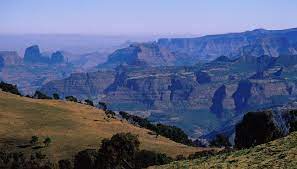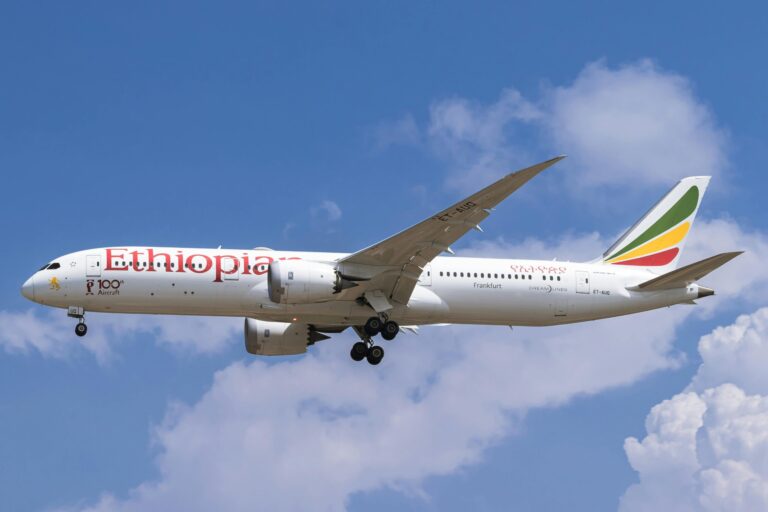Travel Information

TOPOGRAPHY & CLIMATE
Ethiopia has an elevated plateau ranging in height between 2,000 to 3000 meters. In the north and south east part of the country there are high mountains whose picks rise to above 4,300 M. one of the biggest lake which is the source of famous Nile river is also found in the northern part of the country. Ethiopia also has two major favorable seasons which is categorized as wet and dry seasons. The rainy season normally starts mid-June and it will continue until early October but sometimes this pattern may change from the Rift Valley area (starting and ending a few weeks earlier than in the highlands) to the Omo Valley (concentrating the rainy season in March, April and May).
It is advisable to check the average temperatures of the region when you plan to visit due to this geographical variation. For example, on a trip to Southern Ethiopia temperatures are low and warm clothing is essential. In contrast, a trip to the North and the Danakil Depression, you can easily experience daytime temperatures above 50ºC (122ºF).
The Ethiopian climate is actually quite pleasant for tourism due to the altitude. Thus, on the historic North route situated in the Ethiopian highlands, temperatures vary on average of 15ºC (59ºF) and 27ºC (80ºF). On the other hand, in some southern areas of Ethiopia its warmer on average with t

HEALTH REQUIRNMENTS
A yellow fever vaccination certificate is not required to enter Ethiopia unless you are coming from an endemic area. However, please note that Ethiopia is listed in the endemic zone for yellow fever so travellers arriving from non-endemic areas are recommended to get the vaccine. It is also advisable to be immunised for Hepatitis A and B, Typhoid and Polio.
Malaria is a health issue for many Ethiopians, especially for those living in lowland areas. However, Malaria is not a problem in highlands (above 1,600 meters above sea level), including Addis Ababa, Lalibela, Axum, Mekele, Gondar and Harar. Some popular destinations such as Awassa, Bahir Dar and Lake Tana’s surroundings can pose a risk for Malaria especially at the end of the rainy season (October-November). Consequently, it is highly advisable to bring mosquito repellent and discuss anti-malarial tablets with your health professional before you travel.
It is highly recommended to purchase health insurance for the duration of your stay in Ethiopia. In addition, a first aid pack is essential and it should include: antihistamine, antiseptic cream for insect bites, plasters, high SPF sunscreen, anti-diarrhea medication and oral rehydration salts in case of severe dehydration. It is also advisable to have sun scream to protect your skin get sunburnt because UV strength across Ethiopia is high.
INTERNAL FLIGHTS
When travelling to Ethiopia, it is important to know that domestic fares are considerably reduced (by more than 50%) if your international ticket to travel to the country has been purchased with Ethiopian Airlines. Please be aware that Ethiopian Airlines, as the only domestic carrier, requires the ticket number in order to make the discount for any domestic flights. For further information please click here ( Ethiopian Airlines )


